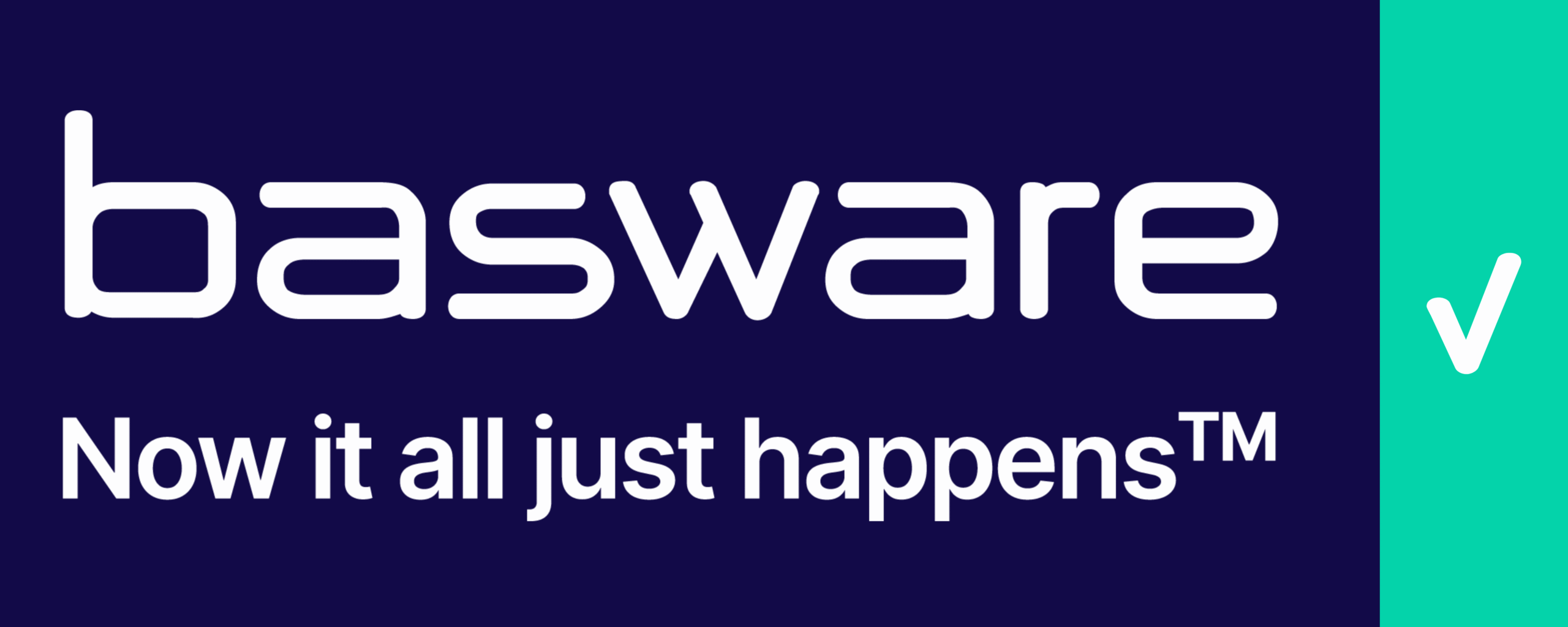A typical American household with four phones on a “family share” plan, paying $100 per month for taxable wireless service would pay nearly $320 per year in taxes, fees, and government surcharges. Nationally, taxes, fees, and government surcharges make up a record-high 26.8 percent tax on taxable voice services. Illinois residents continue to have the highest wireless taxes in the country at 36.0 percent, followed by Washington at 34.4 percent and Arkansas at 34.2 percent. Idaho residents pay the lowest wireless taxes at 16.1 percent. Oklahoma had the largest increase of any state in 2024—from 26.9 percent to 31.1 percent—due to increases in the 911 fee and the State Universal Service Fund charge. After decreasing in 2023, the Federal Universal Service Fund charge increased significantly this year from 10.8 percent to 12.8 percent. State and local taxes also increased from 13.7 percent to 14 percent. The federal Permanent Internet Tax Freedom Act prevents state and local governments from imposing taxes and fees on wireless internet access. Since 2012, the average charge from wireless providers decreased by 29 percent from $47.00 per line per month to $33.56 per line. However, during this same time, wireless taxes, fees, and government surcharges increased from 17.2 percent to 26.8 percent of the average bill. Roughly 80 percent of low-income adults and 75 percent of all adults lived in wireless-only households. Wireless taxes are regressive and create significant burdens on low-income families.
Source Taxfoundation
Latest Posts in "United States"
- Washington State to Tax Advertising and Retail Services Starting October 2025
- Vernon, Alabama Raises Local Sales and Use Tax Rates Effective October 2025
- Florida Eliminates Sales Tax on Commercial Real Estate Leases Effective October 2025
- Are Meal Subscription Boxes Subject to Sales Tax? Understanding Taxability by State
- Most New Jersey Voters Strongly Oppose Expanding or Raising State Sales Tax, Poll Finds















